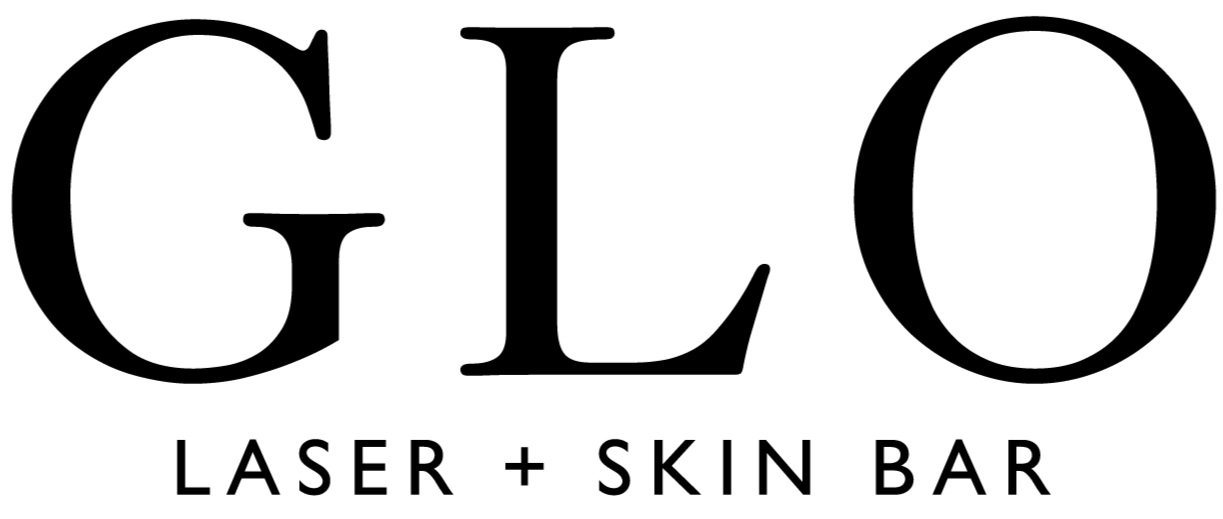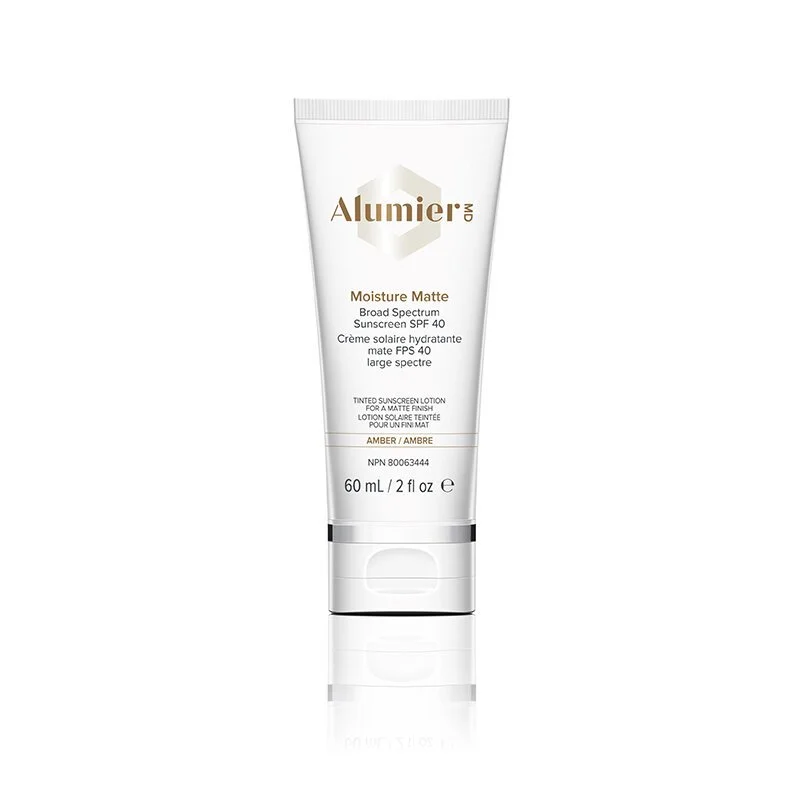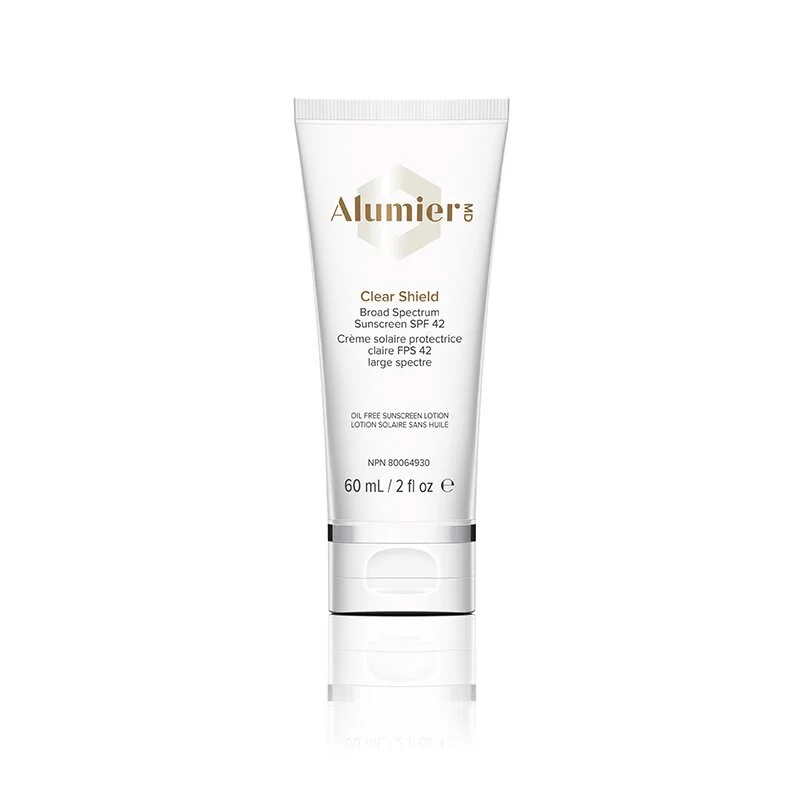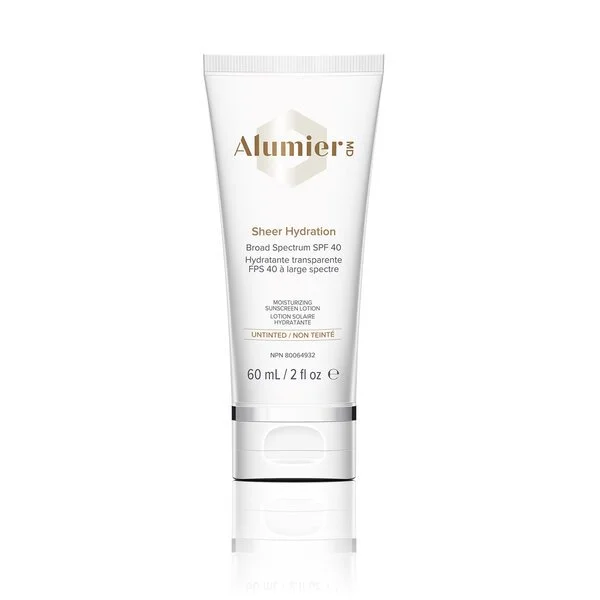Sun Protection 101: What is SPF? How Does Sunscreen Work? Chemical vs Mineral Sunscreen
After a long winter and spring, summer has finally arrived!
Us west-coasters have been patiently waiting for the hot, summer sun for many months and are eager to bask in it.
But before you head to the beach to bake, we should talk about SPF and mineral vs chemical sunscreens!
What is SPF, and how does it work?
SPF stands for Sun Protection Factor and refers to the ability of a sunscreen to block ultraviolet B (UVB) rays, which are responsible for burning the skin’s surface. However, SPF does not block ultraviolet A (UVA) rays, which penetrate deep into the layers of the skin, causing skin damage, aging, and skin cancer, specifically, squamous cell carcinoma.
When thinking about SPF, most people would probably assume SPF 30 is twice as effective as SPF 15, but that’s not the case.
SPF 15 blocks about 93% of UVB rays,
SPF 30 blocks 97%,
SPF 50 block 98%, and
SPF 100+ blocks about 99.1%.
So you can see that anything higher than SPF 50 can get pretty unnecessary—it’s usually just more expensive (but potentially more toxic, which I’ll talk more about in a minute.)
Theoretically, the SPF number can also help you determine how long you can stay in the sun: If you can generally stay in the sun for 10 minutes before burning, then applying sunscreen with an SPF 10 will allow you to stay in the sun 10x longer without burning (100 min).
Sun protection factor (SPF) you see on the label of sunscreens is misleading. It’s not a measure of total sun protection but protection against sunburn from UVB light.
The Environmental Working Group (EWG), advises consumers to look at the ingredients instead of the SPF and suggests that “the lotions containing zinc oxide and titanium dioxide may be the best bet.”
Chemical vs Mineral Sunscreen
Sunscreen’s active ingredient comes in the form of chemical and mineral filters.
Chemical sunscreen uses chemicals to filter out the sun’s damaging UV rays, while mineral sunscreens physically block them.
Chemical sunscreen uses organic and inorganic chemical filters to prevent the sun’s rays from penetrating the deeper layers of the skin. Their common sun-filtering ingredients are oxybenzone, avobenzone, octisalate, octocrylene, homosalate and octinoxate.
Chemical sunscreens have been scrutinized over the past decade, some suggesting they can do more harm than good.
According to the Environmental Working Group, EWG, “[chemical sunscreens] include a combination of three to six of these active ingredients: oxybenzone, avobenzone, octisalate, octocrylene, homosalate and octinoxate. The most problematic sunscreen chemical used in the U.S. is oxybenzone, found in 80 percent of chemical sunscreens. EWG recommends that consumers avoid oxybenzone because it can penetrate the skin, cause allergic skin reactions and may disrupt hormones.”
Alternatively, mineral sunscreen uses mineral filters, usually zinc oxide or titanium dioxide, which reflect or scatter the rays to prevent them from reaching the skin.
Zinc-oxide is considered the optimal ingredient in mineral sunscreen because it provides strong sun protection with few health concerns; it doesn’t break down in the sunlight and offers good protection against UVA rays!
Do we need sunscreen?
There are a couple of ways to look at this question: while sunscreen can protect us from cancer-causing UV rays, it may also change our behaviour and, therefore, increase our exposure to the sun.
Melanoma is on the rise, and according to the National Cancer Institute, the rate of melanoma cases has tripled in the past 35 years.
Although there is speculation as to whether or not the sun is the primary cause of this increase, melanoma can be caused by overexposure to UVB and, more specifically, UVA rays.
The problem with most sunscreens is that they don’t provide adequate UVA protection. Even those that do are not enough because avobenzone, the primary UVA filter added to almost all chemical sunscreen, breaks down in sunlight.
When shopping for sunscreen, make sure:
that it’s a mineral sunscreen with zinc oxide or titanium dioxide as the main sun filtering ingredients
the ingredient list doesn’t contain oxybenzone
the sunscreen has an SPF of less than 50
But more importantly than what type of sunscreen to use, be cautious about the time spent in the sun, and do not solely rely on sunscreen for UV protection — wear a hat, cover-up, and spend time in the shade!



